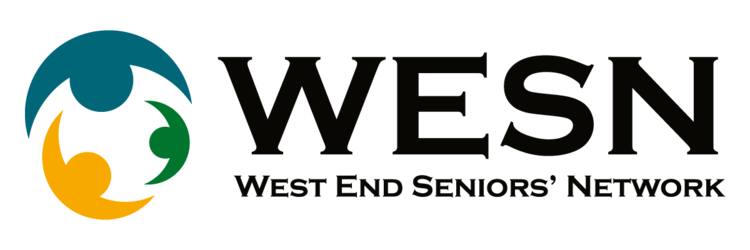STANLEY PARK NOTEBOOK
/Native Otters are happy to feast on the invasive carp in Lost Lagoon — they don’t need your handouts!
COYOTES AND INVASIVE SPECIES
by Jacqui Birchall
DON’T FEED THE WILDLIFE … It is sad when wildlife has to be destroyed and the destruction of coyotes in Stanley Park has been particularly disturbing.
The experts feel that people have been feeding the coyotes, who have in turn become habituated to humans. Please, none of the wildlife in Stanley Park should be fed by visitors. The Stanley Park Ecology Society (SPES) has clear information on how we can co-exist with the Stanley Park coyotes. We are encouraged to avoid the trails at dawn and dusk. It seems the coyotes are attracted to runners and e-bikes. Further very good information can be found here.
Clearly, park visitors are feeding the birds, squirrels and raccoons too. Bread is particularly bad for the birds, but habituating wildlife to handouts from humans is detrimental to the well-being of all wildlife. The SPES is busy putting up signs regarding feeding coyotes and other fauna. If you would like to see Do Not Feed The Bird signs that are as effective as those around Granville Island Market, please write to the Vancouver Park Board. Follow the link “Contact The Park Board” or click on “Park Board Commissioners” to find direct email addresses.
PIles of yellow flag iris are a seasonal sight around Lost Lagoon.
INVASIVE SPECIES … The SPES is constantly clearing invasive plants from Stanley Park.
If you walk around Lost Lagoon, you will observe their volunteers clearing invasive species in all weather and every month of the year. In the summer you may have observed them clearing yellow flag iris from the lagoon. Piles and piles of plants around the lagoon bore witness to their hard work.
Now in the cold months, they are removing Himalayan and evergreen blackberry. Once again huge piles can be seen around the lagoon. If you get the chance, tell them thank you.
These plants, like the water lilies in Beaver Lake, were introduced by well-meaning folks but the plants have negative consequences for the indigenous plants and waterways. The iris and the water lilies choke the channels and watercourses.
A native Douglas Squirrel.
Check out the fence weaving with red-osier dogwood that you can spot around the lagoon. These weavings help to reduce the negative effects of trampling, plus they help to rebuild native plant cover.
There are also invasive fish, invertebrates and of course squirrels in the park. The tiny squirrels you may observe chattering at you around the concrete bridge on Lost Lagoon or around Beaver Lake are Douglas Squirrels. They are a native species. Another native squirrel species are the flying squirrels, but they are shy and hard to spot. The much larger Eastern Grey squirrels which can be grey, black or reddish, were introduced from the eastern United States in the early 1900s. Although very cute, they too are an invasive species.
Carp, released by owners who no longer wanted them, have reproduced and grown huge in Lost Lagoon. Luckily, the movie star otters love them and can be seen munching on carp as big as they are. But the carp still dominate the waters of Lost Lagoon, causing destruction to native plants and fish.
Bullfrogs are also an invasive species in Lost Lagoon. They were originally introduced into Vancouver waterways as a possible food source for humans.
Their presence is very detrimental. They have huge mouths, so big they can eat other frogs, birds, invertebrates, small mammals and snakes. Apart from their huge mouths, they also have a distinctive protruding and visible ear drum that can help you identify them. They compete with the native frogs for food and habitat and, because of their size, they have the upper hand.
As well, pet turtles have been released into the lagoon by their owners with very negative results. The turtles are red eared slider turtles. They are easy to spot as they have a red patch behind the eye. They compete with the native turtles for food and habitat and may carry diseases.
An American Bullfrog.
If you are an aquarium owner, there are many things you can do to protect our waterways. Drain aquarium water on dry land. Never flush or release unwanted aquarium or pond species into rivers, streams, ponds, drainage ditches or storm sewers.
Releasing pets into the wild is both inhumane and dangerous.
You’ll find more information of the SPES’ efforts in controlling invasive plants here, and on restoring the wetlands here.
And the Stanley Park bats may be in trouble, so please read here about sick and dying bats.
WARMER DAYS COMING! On a lighter note spring is in the air, almost. Have you spotted all the new buds, the geese returning to Lost Lagoon with plans for nesting, the mating waterbirds? The eagles too are mating and building/repairing their nests, the herons are returning to the heronry.
Warmer days will soon be ours.






